I love railroads.
Had I lived in a bygone era, I feel certain I would have been drawn to work around or on railroads when they were the primary “connecting technology” which brought people together and made geographic places seem far closer. I’ve reflected several times in the past on the similarities between physical railroads and the virtual connections which we ride and build to connect our thoughts together in the Internet aether. My 4th podcast in August 2005 titled “Trails, Trains, and T-1s,” my November 2005 post “The flat world is real,” and my May 2007 video “Roads of Learning in the 21st Century” are all past examples of this metaphor in my thinking about education, learning, technology and change. I uploaded that May 2007 15 minute video to blip.tv this evening, since I had not uploaded it to any video sharing websites at the time I created it.
Two weeks ago our family had an opportunity to attend the XIT Rodeo and Reunion in Dalhart, Texas. The father of my father-in-law (I’m not sure what official family title that should give him) was a pipe fitter with the Union Pacific Railroad in Dalhart.
Dalhart was a major railroad hub as two different lines met there, and a roundhouse was in Dalhart where trains were repaired. Interestingly, the current WikiPedia article for Dalhart does not make any mention of its railroading past. We found the original location of the Dalhart roundhouse when we were there visiting.
The building is gone and some rails remain. Evidently as train technology switched from coal burning to diesel engines, the repair house at Dalhart was no longer needed and trains were fixed in Chicago.
Whether you are teaching in the northern hemisphere and either starting or preparing to start a new school year, or teaching in the southern hemisphere and already in the midst of your winter term, I think it is worthwhile to consider how many different pathways of learning our students have today in our classrooms. Like the following photo of railroad lines in Dalhart, I believe our students should have many choices for their “learning tracks” in school.
In traditional classrooms, as David Warlick pointed out in his pre-conference keynote for the 2006 K-12 Online Conference “Derailing Education: Taking Sidetrips for Learning,” teachers don’t give students many choices. Students tend to all be seated in identical desks, facing the same direction, and doing the same thing. My oldest two children started the 2008-2009 school year today here in Oklahoma public schools, and to a large extent their learning experiences tend to follow the same, traditional models of the past. Here are a few questions I’m asking myself as I prepare curriculum and work with both teachers and students in Oklahoma this year on oral history and digital storytelling projects, which relate to these ideas about railroads and learning.
1. THE ROUNDHOUSE OF PROFESSIONAL DEVELOPMENT
The roundhouse was a place where trains could be repaired, obtain new equipment, get turned around if necessary, and undergo other preparations for the grueling challenges of cross-country rail lines. How are we providing REGULAR and SUSTAINED opportunities for our teachers to come into a “learning roundhouse” for new ideas, recharged enthusiasm, and encouragement from peers? Consider utilizing content and connection opportunities from the free October 2008 K-12 Online Conference in your local “roundhouse of professional development.”
2. MULTIPLE TRACKS OF DIFFERENTIATED ASSESSMENT
Here in the United States, our policymakers continue to focus our attention on end-of-year summative assessments as well as end-of-course examinations. The purposes of the time we spend in formal educational classroom settings go far beyond simple test preparation, however. As Dr. Pedro Noguera stated in his BLC08 keynote, if special education worked as it was designed every parent would want their child in a special education program with an individualized education plan designed to meet the specific needs of their child. Each learner IS different, and to the greatest degree possible as educators we should strive to provide differentiated learning experiences for our students. Differentiated learning does not simply mean different ways to explore and consume content, it also means DIFFERENTIATED ASSESSMENT as learners are provided with choices about the ways they demonstrate their mastery and understanding of knowledge and skills. Technology tools like voice recorders as well as websites permitting audio recording over the phone (like Gabcast and Gcast) can be used in powerful ways to provide learners with multiple “tracks” of assessment choices.
3. BUILD VIRTUAL CONNECTIONS TO OTHER LEARNERS
Every lesson you teach this year cannot necessarily have a digitally interactive component, but set goals now to build virtual connections to other learners in other places which you’ll be able to “ride” and on which you can make multiple connections during the coming months. Utilize online learning communities for educators like Classroom 2.0, the Global Education Collaborative, ePals, the CILC, the K-12 Online Conference, and StoryChasers to make safe, asynchronous initial connections with other teachers via email and later synchronous connections via videoconferencing.
It’s a big world out there, and it’s always been a big world, but the virtual connections we build to each other with digital tools can and do make it seem like a much smaller world all the time.
Last piece of advice for this post: Add a free ClustrMap to your classroom website this year if you have not already. As you make virtual connections with other learners across the country and around the world, invite your students to watch the digital footprint of your classroom learning community grow. It’s a small world after all.
Technorati Tags:
railroad, classroom, connection, learning, collaboration, technology, digital, advice, virtual, videoconferencing, k12online08
If you enjoyed this post and found it useful, subscribe to Wes’ free newsletter. Check out Wes’ video tutorial library, “Playing with Media.” Information about more ways to learn with Dr. Wesley Fryer are available on wesfryer.com/after.
On this day..
- Advanced Tips for iPhone Sharing on Social Media – 2013
- Cross-Posting Audio Podcasts & Phonecasts from Cinch to iPadio – 2012
- Working Behind a Filter: Resolve Shortened URLs with Unshort.me – 2012
- ACLU Sues Missouri School District for Overblocking Internet Websites – 2011
- Magical iPhone Photo Apps – 2010
- Internet Safety and Digital Citizenship Presentations for Students, Parents and Teachers – 2010
- Searching for the ideal StoryChaser camera – 2008
- 30 Days with Twitter by Bob Sprankle – 2007
- Multi-client desktop videoconferencing – 2006
- Site migration and WordPress upgrade complete – 2006


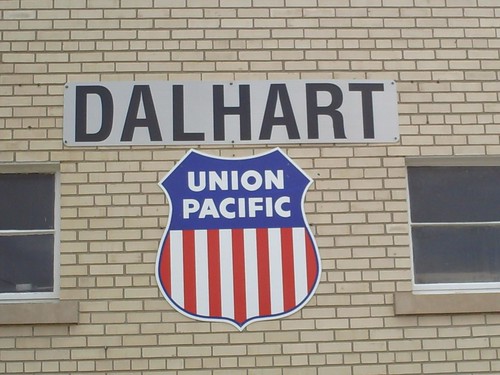
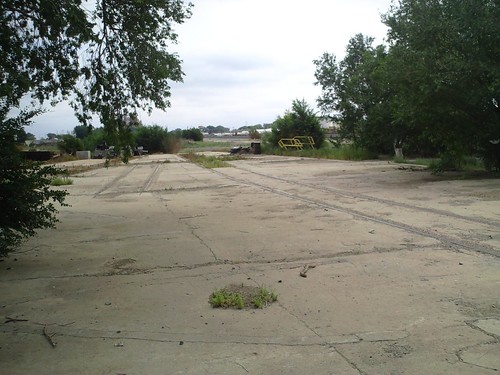
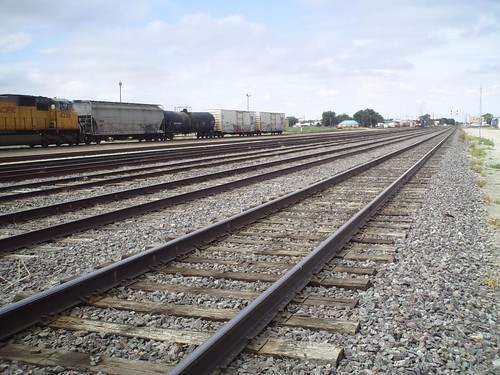
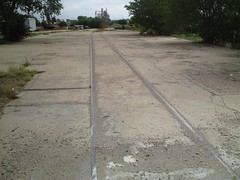


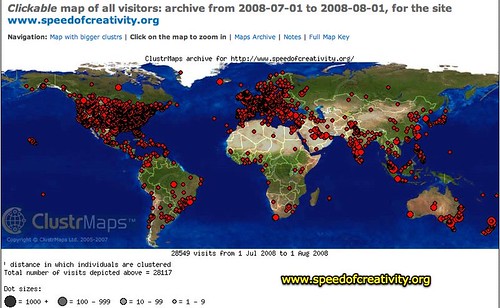
Comments
2 responses to “Railroads and virtual connections”
I love how you bring railroads and education together. My husband loves trains too and drags me to every train museum we get near when we are traveling. Have you ever been to Golden Spike National Historic Site in Utah which commemorates the completion of the transcontinental railroad? We were there a couple of years ago and was well worth seeing,even though it was in the middle of nowhere. Thanks for a sharing such great thoughts.
Pat: I haven’t visited the Golden Spike site in Utah but would LOVE to. My dad grew up in NW Wyoming so we took lots of trips to that part of the country growing up. Our family listened to Stephen Ambrose’s book “Nothing Like It In the World” several years ago when we drove from Texas to California over Spring Break, and that entire story of the transcontinental railroad is amazing. Hopefully we’ll make it out to Utah at some point to see that historic spot and tour the museum there.